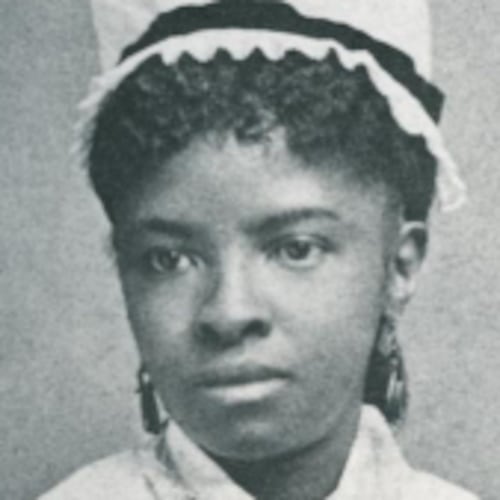When the Rev. Martin Luther King Jr. delivered his “I Have a Dream” speech during the March on Washington in 1963, it wasn’t the first time he used that famous phrase in front of a crowd of people.
Eight months before, King spoke at a high school gym in Rocky Mount, N.C., exercising the phrases that would later be immortalized in history, according to historians.
A recording of this early version of the speech was restored, digitized and presented to the public in January 2016 by an English professor at North Carolina State University.
The recording contains the first known mentions of King’s phrase “I have a dream.” He also refers to "the sons of former slaves and the sons of former slave owners” meeting “at the table of brotherhood" and “righteousness like a mighty stream.”
Here are five differences between the two speeches:
1. Audience size
King addressed about 2,000 people at Booker T. Washington High School for 55 minutes on Nov. 27, 1962.
He delivered the refined version — the “I Have a Dream” speech praised today as one of the world’s greatest speeches — in front of more than 250,000 people on Aug. 28, 1963, in Washington. It was shortened to slightly more than 16 minutes.
2. ‘Table of brotherhood’
When referring to "the sons of former slaves and the sons of former slave owners," King said he hoped they would "meet at the table of brotherhood." During the March on Washington, he changed the phrase to say he dreamed they would "sit down together at the table of brotherhood."
Rocky Mount speech: “I have a dream that one day right here in Rocky Mount, North Carolina, the sons of former slaves and the sons of former slave owners will meet at the table of brotherhood.”
Washington speech: “I have a dream that one day on the red hills of Georgia the sons of former slaves and the sons of former slave owners will be able to sit down together at the table of brotherhood.”
3. ‘Joining hands as brothers and sisters’
In both speeches, King used the imagery of children of difference races unconditionally growing up together. King referenced church burnings in Sasser County, in 1962, but later changed the Georgia reference in favor of Alabama.
Rocky Mount speech: “I have a dream that one day down in Sasser County, Georgia — where they burned two churches down a few days ago because negroes wanted to register and vote — one day right down there, little black boys and little black girls will be able to join hands with little white boys and little white girls and walk the streets as brothers and sisters.”
Washington speech: “I have a dream that one day down in Alabama, with its vicious racists, with its governor having his lips dripping with the words of interposition and nullification, that one day right down in Alabama little black boys and black girls will be able to join hands with little white boys and white girls as sisters and brothers.”
4. ‘All men are created equal’
At Rocky Mount, King invoked the U.S. Constitution: "I have a dream that one day even the oldest nation will recognize that all men are created equal and endowed by their creator with certain unalienable rights."
This line was divided in his Washington speech:
"This note was a promise that all men, yes, black men as well as white men, would be guaranteed the unalienable rights of life, liberty, and the pursuit of happiness."
"I have a dream that one day this nation will rise up and live out the true meaning of its creed: 'We hold these truths to be self-evident; that all men are created equal.' "
5. ‘Content of their character’
At Rocky Mount, King referenced his dream for his children to live in a better world, but tightened up the phrasing for the March on Washington. He had a fourth child between the two speeches.
Rocky Mount speech: "I have a dream tonight that one day my little daughter and my two sons will grow up in a world, not conscious of the color of their skin, but conscious of the fact that they are members of the human race."
Washington speech: “I have a dream that my four little children will one day live in a nation where they will not be judged by the color of their skin but by the content of their character.”
BLACK HISTORY MONTH
This year, the AJC’s Black History Month series will focus on the role of health and wellness in the Black community. In addition to the traditional stories that we do on African American pioneers, these pieces will run in our Living and A sections every day this month. You can also go to ajc.com/black-history-month for more subscriber exclusives on the African American people, places and organizations that have changed the world.
About the Author
The Latest
Featured

